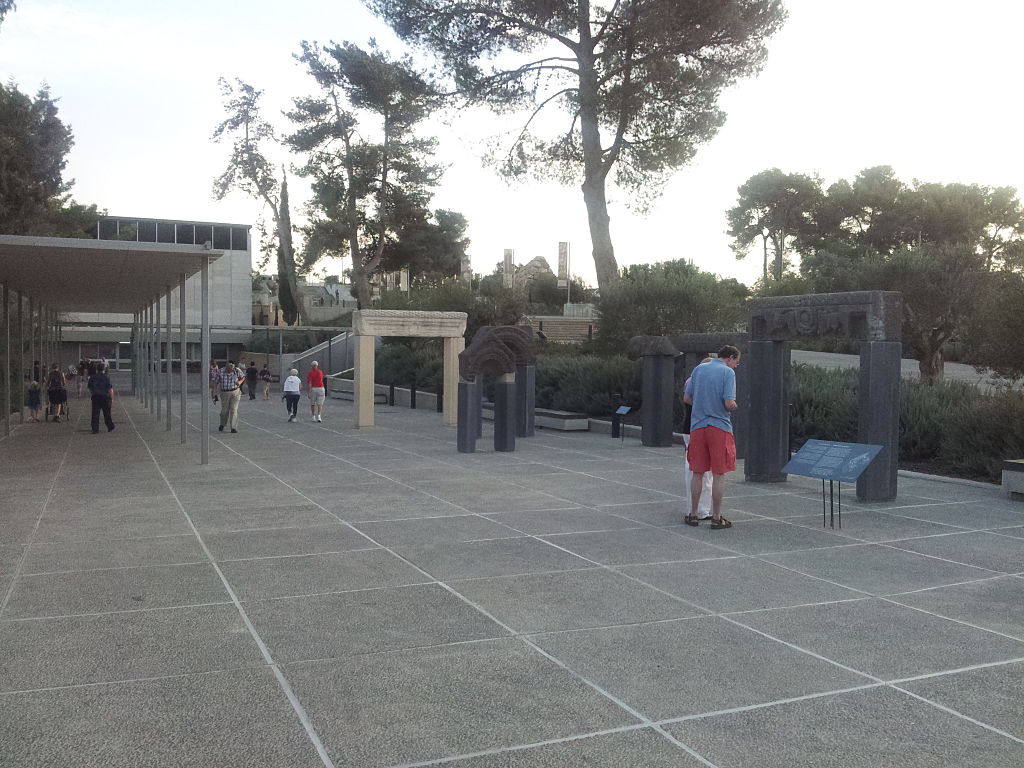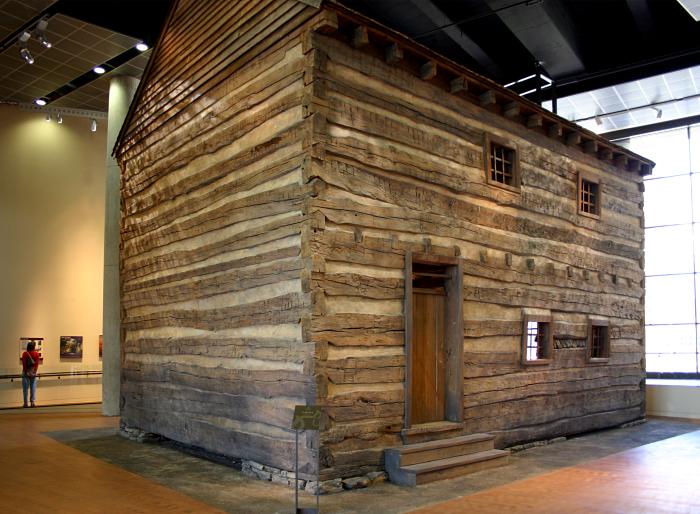
The Tomb of Payava is a Lycian free-standing barrel-vaulted stone sarcophagus, and one of the most famous tombs of Xanthos.
It was built in the Achaemenid Persian Empire, for Payava, who was probably the ruler of Xanthos, Lycia at the time, in around 360 BC. Payara, who is named in the inscriptions, is only known from this tomb.
The tomb is of a typical Lycian style, carved from stone but accurately depicting a wooden structure.
Three of the four tiers of the monument are housed in the British Museum; the lowest level was left in Turkey and is in a poor state. The tomb was discovered in 1838 and brought to England in 1844.
Reliefs cover all four sides and illustrate various events of the life of Payava. The carved friezes on the tomb and its roof contain Greek and Persian features, showing the mix of influences in Xanthos at that time The carvings show:
- Two long-haired and bearded men clothed in cuirasses and cloaks.
- An athlete and companion are dressed in the Greek-style.
- A seated figure in Persian dress is receiving a delegation.
- Battle of cavalry and foot soldiers.
- A bear hunting scene.
- Lions on the roof.
- Sphinxes on the Pediments.
- Four horses are pulling a Greek chariot on the Roof.
- A Persian couple at the Gable ends.
Greek and Persian influences can be seen in the reliefs sculpted on the sarcophagus.
The structural similarities and architectural details show Chaitya-type Indian Buddhist temple designs, such as the pointed form of roof, with a ridge that can be found in the cave temples of India.
Experts see the influence of rock-cut monuments from India evident in the Lycian tombs.
The Achaemenids occupied the northwestern parts of India from circa 515 BCE to 323 BCE following the Achaemenid conquest of the Indus Valley.
Until they were replaced with the Indian campaign of Alexander the Great and subsequent Hellenistic influence in the region.
Xanthos
Xanthos was a chief city-state of the Lycians, an indigenous people of southwestern Anatolia, present-day Turkey. Xanthos’ fortunes were tied to Lycia’s as Lycia changed sides during the Greco-Persian Wars.
Archaeological digs demonstrate that Xanthos was destroyed in approximately 475 BC-470 BC, whether this was done by the Athenians or by the Persians is open to debate.
As the center of ancient Lycia and the site of its most extensive antiquities, Xanthos has many vital artifacts that were discovered in the city. Two tombs, the Nereid Monument and the Tomb of Payava are now exhibited in the British Museum.
Lycia
Lycia, in Southern Anatolia, fought for the Persians in the Persian Wars. However, on the defeat of the Persians by the Greeks, it moved back and forth in alliances between the Athenian Empire and the Persians.
It finally fell under Macedonian hegemony upon the defeat of the Persians by Alexander the Great.
Following an influx of Greek speakers and the sparsity of the remaining Lycian speakers, Lycia was rapidly Hellenized under the Macedonians, and the Lycian language disappeared from inscriptions and coinage.
Tomb of Payava
- Title: Tomb of Payava
- Date: 375-360 BC
- Findspot: Xanthos, Lycia, Persian Empire
- Materials: Stone
- Acquisition: 1844
- Dimensions: Height 3.5 meters (11 ft), originally 7.85 meters (25.8 ft)[1]
- Museum: The British Museum
Photogrammetry: Tomb of Payava, 360 BC, Lycia
Necropolis of Xanthos, Xanthos, Kınık, Antalya Province, Turkey, Asia
Xanthos – ancient city ruins
Xanthos in Lykien
Explore the Collections of the British Museum
Ancient Egypt and Sudan Collection
- The Rosetta Stone
- The Battlefield Palette 3100 BC
- Quartzite Head of the Egyptian Pharaoh Amenhotep III
- Colossal Granite Statue of Amenhotep III
- Hunters Palette
- Tomb of Nebamun
- Younger Memnon (Ramesses II)
Middle East Collection
- The Lion Hunt
- Cyrus Cylinder
- Royal Game of Ur
- Gilgamesh Flood Tablet
- Stela of Shamshi-Adad V
Ancient Greece and Rome Collection
- Marble figure of a Woman – Spedos Type
- The Parthenon Marbles
- The Parthenon Frieze
- Metopes of the Parthenon
- Pedimental Sculptures of the Parthenon
- The Erechtheion Caryatid
- Lion from the Mausoleum at Halicarnassus
- Bust of Pericles
- Aegina Treasure
- Townley Caryatid
- Bronze Statue of a Youth
- Thalia, Muse of Comedy
- Nereid Monument
- Sarcophagus of Seianti Hanunia Tlesnasa
- Tomb of Payava
- Marble Portrait Bust of the Blind Poet Homer
Burial Tombs
The Tombs of ancient Pinara
~~~
“Well begun is half done.”
– Aristotle
~~~
Photo Credit: 1) JOM
Popular this Week








 Sponsor your Favorite Page
Sponsor your Favorite Page SEARCH Search for: Search Follow UsJoin – The JOM Membership Program
Sponsor a Masterpiece with YOUR NAME CHOICE for $5
Share this:
- Tweet
